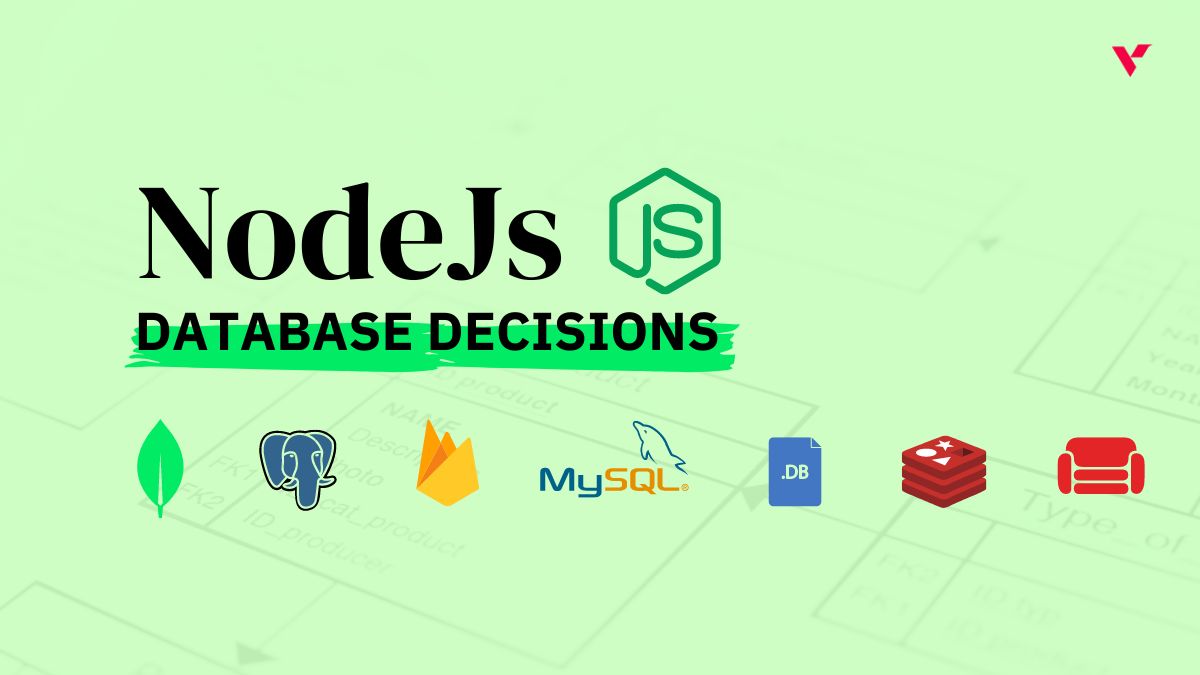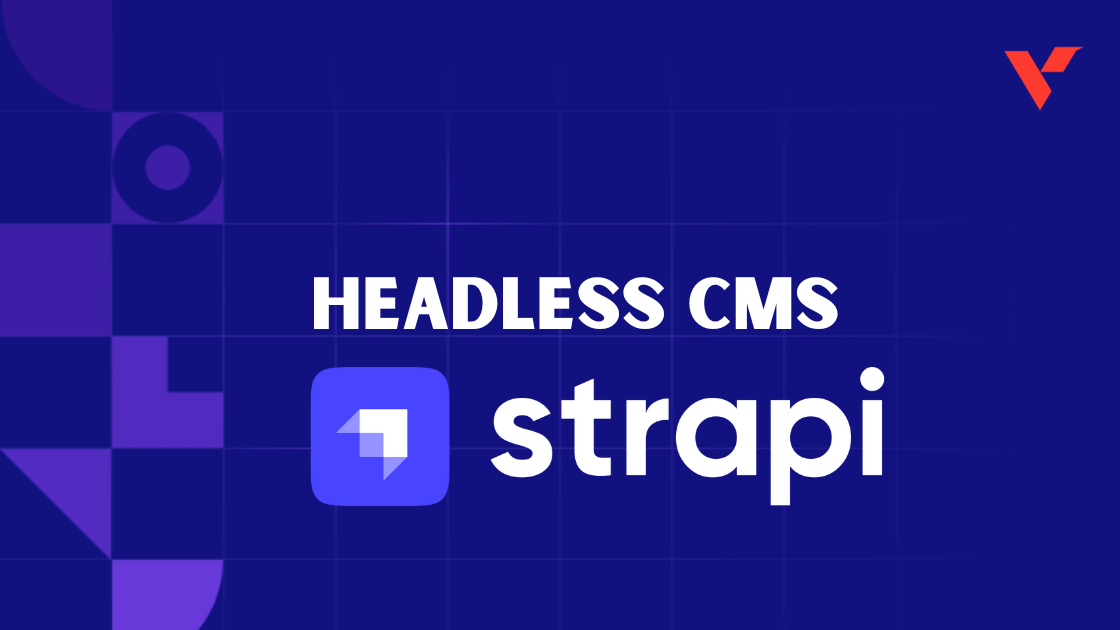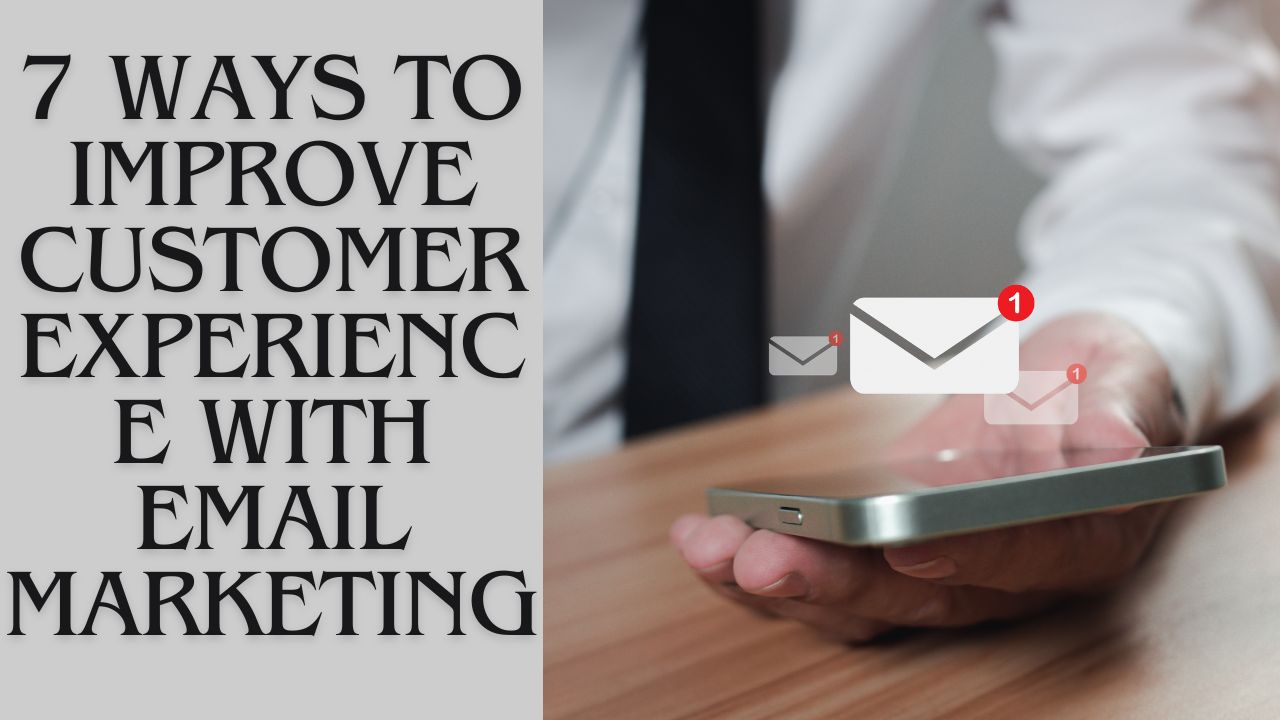Popular Tools by VOCSO
When you’re creating new content, it’s important to make sure that you’re not plagiarizing anyone else’s work. Not only is it unethical, but it can also hurt your SEO performance. In this blog post, we’ll discuss how plagiarism affects your SEO and how you can avoid duplicate content. As a business, you know that creating original content is important for your SEO. But what happens when someone copies your content without giving you credit? Before finding solutions for all these questions let’s find more information about content plagiarism.
Table of Contents
What is Plagiarism?
Plagiarism means to take someone else’s content and use it in your own writing without giving them the due credit or kudos.
The normal and typical MO of a plagiarist is to go around popular web pages and copy-paste the content to pass it off as their own.
While there is no point or benefit in plagiarizing nowadays, it wasn’t always the case.
Before search engines were improved to detect and penalize plagiarized content, people used to just copy and paste stuff from popular sources to boost SEO.
And it used to work, too. That’s the worst part.
Luckily, now search engines have evolved considerably. If a writer tries to plagiarize any content from a source, they will get hit by a penalty. The plagiarism won’t help them at all.
This importance of plagiarism is why paraphraser tools are very popular. People can use them to get ‘new’ content without making any effort.
How Plagiarism Affects Search Engine Optimization
Content plagiarism is the biggest no-no for any online business. Avoid it at all costs and you’ll be able to improve your SEO rankings! There are two ways in which plagiarism can affect your search engine optimization:
- A penalty from the search engine (rank drop and site removal)
- Reader appreciation
A penalty from the search engine
We discussed this aspect above. and it’s pretty much straightforward. If your content is plagiarized, Google will penalize it and the ranking in the SERP will drop.
In more serious cases, the site may get removed altogether from the listing.
However, with Google, there is little room for plagiarism because let’s face it, accidental matches can happen.
As long as your content has 10% or less plagiarism, it will be approved by Google. But that does not mean that you should aim for 10% plagiarism when writing your content.
Chances are that your checking software could fail to find a match that could be detected afterward by Google.
You could have (from your side) left your content with just 7% plagiarism, but Google could find around 12%.
Keeping this in mind, you should only allow 2-5% plagiarism in your writing.
Ideally, even this should not exist. But, then again, we quote ourselves: ‘let’s face it, accidental matches can happen’.
Reader Appreciation
Here’s the thing. In some cases, your content could be good for Google, but not likable for your audience. The contrary can also happen.
If your blog post or article is not being appreciated by your readers, you won’t be able to generate proper traffic.
People will visit your page once and leave when they see that your work has no originality or uniqueness.
You could be thinking: how will the readers know if my writing is plagiarized? True, they aren’t going to grab the content piece by piece and run it through a checker.
But chances are that the reader has arrived at your page after going through a couple at the top of the SERP.
If you have taken your content from any of the top-ranking websites, the reader will automatically detect the familiarity.
This can shatter the integrity and reliability of your content. The author/blog will come off as some uncreative poacher…which isn’t something anyone would like.
When Plagiarism is not a Problem…
Same Domain Copying
Plagiarism is usually a problem when it is done maliciously. When accidental plagiarism harms your ranking, it’s because Google takes it as malicious.
However, if you are copying a description or a small piece of text from one page to another on the same domain, then this won’t be an issue.
For example, if you are in the habit of adding the same conclusion or CTA at the end of every post on the same site, you shouldn’t worry about this amounting to plagiarism.
Google’s smart. It’s not a troll.
Using Quotes
Similarly, if you feel the need to enter a piece of text from another source as it is, you can put it in quotes.
When you put the copied stuff in quotation marks, you indicate that you are using the words as they were originally written.
You should also cite the source above or below the quote. You can write the name of the original publisher in a small script underneath it.
Alternatively, you can lead to it in the surrounding paragraphs by saying something like ‘as is said by so-and-so’ or ‘according to so-and-so’.
Paraphrasing and citing
Paraphrasing is, in most cases, recognizable.
In other words, if you have paraphrased something from a popular source, the reader will be able to guess it by seeing the sentence structure and length.
If you were to paraphrase something without citing the source, you will come off unscrupulous.
Since the reader will (in usual cases) recognize that you have done some paraphrasing, it makes sense to come clean and mention the original author.
Nevertheless, if you have done a thorough job with paraphrasing, your content will not be penalized.
If you want to use an online paraphrasing tool you can go to process on your browser for free.
Content Syndication
Content syndication does not amount to plagiarism. It’s also different from guest posting, contrary to what some people may think.
Content syndication refers to the publishing of the same content on multiple websites or platforms with the express permission of the original author.
There is a big difference between this technique and guest posting. In the latter, a single piece of original content is posted on a website.
However, with syndication, the same content is published on multiple domains.
Seeing the definition, you could be wondering why on earth this does not add up to plagiarism.
That is because the original source is cited using a canonical tag.
The ‘Rel=canonical tag’ is used to show Google (or any other search engine) that the page is not copied, but syndicated.
How to Avoid Plagiarism in your Content
Well, the simple answer to that is ‘don’t copy stuff.’
Sadly enough, plagiarism isn’t always intentional. Accidental plagiarism is a problem that can be faced by professional writers in particular.
If a copywriter is in the habit of writing four or five articles on a daily basis, they will develop a certain style.
Copywriters can start sticking to a particular combination of transition words and bucket brigades, which gives away their writing technique.
When such a habitual writer will come up with content for more than one website, chances are that they could use the same sentences in different articles or posts.
This is how accidental plagiarism can come around in online content.
Using Plagiarism Checkers
Now, let’s look at the solution to accidental plagiarism.
If you are not specifically copying stuff from other sources, nor are you trying to paraphrase content, then you won’t get a lot of plagiarism in your work.
Accidental plagiarism is usually in a very low percentage, which makes fixing it easier. To check plagiarism-free content, there are a lot of online tools that you can use.
Most of these tools give a sentence-wise breakdown of the entered text. You can see exactly which sentence or phrase is a direct match from another source.
It is advisable to use paid software rather than a free app. You will be able to get more accurate results that way.
Here are some that you can use in 2022:
- plagiarismchecker.ai
- Grammarly Premium
- Copyscape
- Prepostseo
- QueText
- Paper Rater
Another benefit of getting paid software is that you won’t have to work within a limited word count. Free tools often stop users from entering more than 1,000 words.
That could be a bit of a bummer, especially if you are trying to check a large document of around 10K words.
You will have to split it all up into ten parts and run the test ten times.
Article spinning/rewriting
While using a paraphraser tool is technically a method to avoid plagiarism, it isn’t the best or most ethical way to do it.
Preferably, you should only spin content that you have authored yourself and have uploaded on a different domain.
Or, you can use it in cases where you have written out a piece of content but are looking to change the wording a little.
In other words, using a paraphrasing tool on someone else’s content is not something you should make a habit of.
This is, in an ethical sense, also a kind of ‘plagiarism’ but with an added step.
It’s like if a car company decides to name its brand ‘Motoya’ instead of ‘Toyota’.
Everyone will know that it’s a copied job. But since the lettering is different, no one will be able to label it as such.
Coming back to the point, if you want to shuffle up the words in your content, there are a lot of different online tools that you can use.
However, once you are done doing the paraphrasing, you should go over the content and fix the grammatical errors.
Paraphrasers make use of an algorithm that replaces certain words in the text with synonyms.
Some tools may take it a step further and change the sentence structure a bit as well. In most cases, when the words are replaced, the content can stop making sense.
Let us look at an example. Here are what the above two sentences looked like after going through a paraphraser tool.
Before:
Some tools may take it a step further and change the sentence structure a bit as well.
In most cases, when the words are replaced, the content can stop making sense.
After:
Some gear may also take it a step in addition and alternate the sentence shape a piece as well.In maximum cases, while the phrases are replaced, the content material can forestall making sense.
Get the point?
While this is a good way to get some synonyms in your text, it will need some fixing later.
Some paraphraser tools that you can use in 2022 include:
- SEO Wagon
- Prepostseo
- QuillBot
Using quotes and citations
If circumstances compel you to copy and paste some text in your content, don’t pass it off as your own.
You can either put the copied text in quotes or you can put a citation indicating the original source.
This is basically what we do when writing definitions from sources like Encyclopedia Britannica and Merriam-Webster.
Google does not recognize as plagiarism content that is written in quotes.
While you can suffice with quotes, adding a citation can improve the credibility and integrity of your article/post.
Spread out your research
If you are doing your research from a single source, you can involuntarily end up getting a few text matches in your content.
And even if you don’t, your readers might be able to recognize the similarity in the pattern and topics.
The best way to get around this issue is to spread out your research. Take a couple of ideas from one site and then switch to another one.
That way, you will be able to come up with a blend of concepts that won’t look as if they have been taken from a particular source.
Be Original
If you are in the habit of deliberately copying content from online sources, stop doing it.
Steps like using plagiarism checkers and inserting quotes are good for people who get accidental matches in their content.
But for someone who resorts to patchwork plagiarism as a regular practice, they are of no use.
Taking inspiration and ideas is a totally different thing from plagiarism.
It is completely fine to read through an online article or blog post to educate yourself and then later come up with some content of your own.
Minimize similar content
Minimizing similar content can have a dramatic effect on the quality and uniqueness of your website. If you find that many pages share some common information, consider expanding each page or consolidating them into one to make it more focused. For instance, if we take our example from before where there are two different cities with their own individual travel sites but both contain exactly the same basic details such as content, prices for hotels in each city then maybe instead of just having an overarching list going across both websites under “Hotels” heading. Such things you must avoid because Google is not going to rank such pages.
Understanding Google Penalties
At the beginning of this post, we discussed that one way in which plagiarism can affect your search engine optimization is by getting you penalized by Google.
Avoiding a Google penalty can be all the motivation that a website owner needs to ensure that they don’t plagiarize their site content, or break any other rules, for that matter.
So, before wrapping up this post, let us look at some basics of Google penalties.
Types of Penalties
Essentially, there are four types of penalties that you can get hit by as a result of violating Google’s guidelines.
- Keyword penalties or keyword-level penalties: This is the basic and lowest-level penalty. In this case, your website rank for a specific keyword will drop.
- URL penalties: In this type of penalty, the penance extends to the whole URL rather than a specific keyword. This is a step higher than keyword penalties.
- In a URL penalty, the ranking for the entire URL will drop. In other words, a specific page on your website may start ranking lower.
- Domain–level penalties: As the name implies, these penalties affect the whole domain instead of a particular keyword or URL.
- Site Removal: This is the worst-case scenario and the absolute lowest level of bad SEO. In this penalty, your website will simply get removed from the SERPs.
As a result of plagiarism, you can get hit by any of these penalties.
A low percentage of plagiarism may only partially affect your rankings while a complete copy-paste job may end in a site removal.
Looking at the consequences of plagiarizing content, it doesn’t sound or seem like a smart choice for creating website content.
It’s not ethical, it’s not beneficial and it pretty much just damages your ranking rather than boosting it. You might be thinking that you’re doing everything right, but if your site is not optimized for search engines then it’s really just a matter of time before they punish you. Content Plagiarism is one of the most common SEO mistakes made by businesses looking to build their presence online:
How to Know if You Have Received a Google Penalty
The quickest way to know if you have been hit by a penalty is by logging in to Google Webmaster, and navigating to Search Traffic and then Manual Actions.
However, this method is only for ‘Manual Review Penalties’ and not algorithmic ones.
To check for algorithmic penalties, you can check your website’s stats using tools like Google Analytics. If you see a sudden drop in your ranking, you have been hit by a penalty.
However, lower rankings are only indicative of partial penalties i.e., penalties that only damage your website’s SEO and do not completely remove it from the listing.
If you’re worried about having received a site-wide penalty instead, there’s an easy and quick way using which you can check it.
Enter your full domain name in the search bar (like example.com). If your site is alive and kicking, it will show up at the top.
A domain-specific search query eliminates all other competing links from coming to the top and specifically fetches the entered one.
If your site has been removed, it won’t appear anywhere in the SERP.
Resolving Google Penalties
Resolving Google penalties usually takes time. the first and foremost step that you have to take in this process is to remove the content which was the cause of the penalty.
In plagiarism cases, it means that you should remove the plagiarized text from your website.
Once you are done, you will have to send a reconsideration request to Google, and wait for your ranking to be fixed.
By the way, the above is a simple and rough outline of how penalty resolution works. The exact process differs with the type and nature of the penalty and it can be way longer.
You can look up dedicated guides online for your particular situation.
How can VOCSO help?
Plagiarism can have a significant negative impact on your website’s SEO. Not only will you likely be penalized by Google, but plagiarized content also sends the wrong message to your audience. They may not trust you if they think you’re stealing content from other sources, and they may not return to your site in the future. You can avoid plagiarism by always citing your sources, being careful when copying and pasting text, and using tools like Copyscape to check for copied content. If you’re ever in doubt about whether something is plagiarized or not, err on the side of caution and cite your source. Do you know how to spot plagiarism? How do you avoid it? Our team of experts at an SEO agency can help you create high-quality content that avoids the pitfalls of plagiarism—and helps improve your website ranking in the process. Contact us today to get started!
Conclusion
Plagiarism is something that you should not touch with a barge pole. It’s absolutely destructive to the website rankings, and it can have a detrimental effect on the reputation of your brand as well. Accidental plagiarism, in most cases, isn’t very threatening to your website ranking, although it should be removed from the content nevertheless.
The problem is caused when the author practices plagiarism as a tool of the trade. In this post, we discussed some consequences of plagiarizing content, and how it can be avoided. Using content optimization tools at the end of every project is usually a good way to make sure that there is no unwanted imperfection in the content.


















